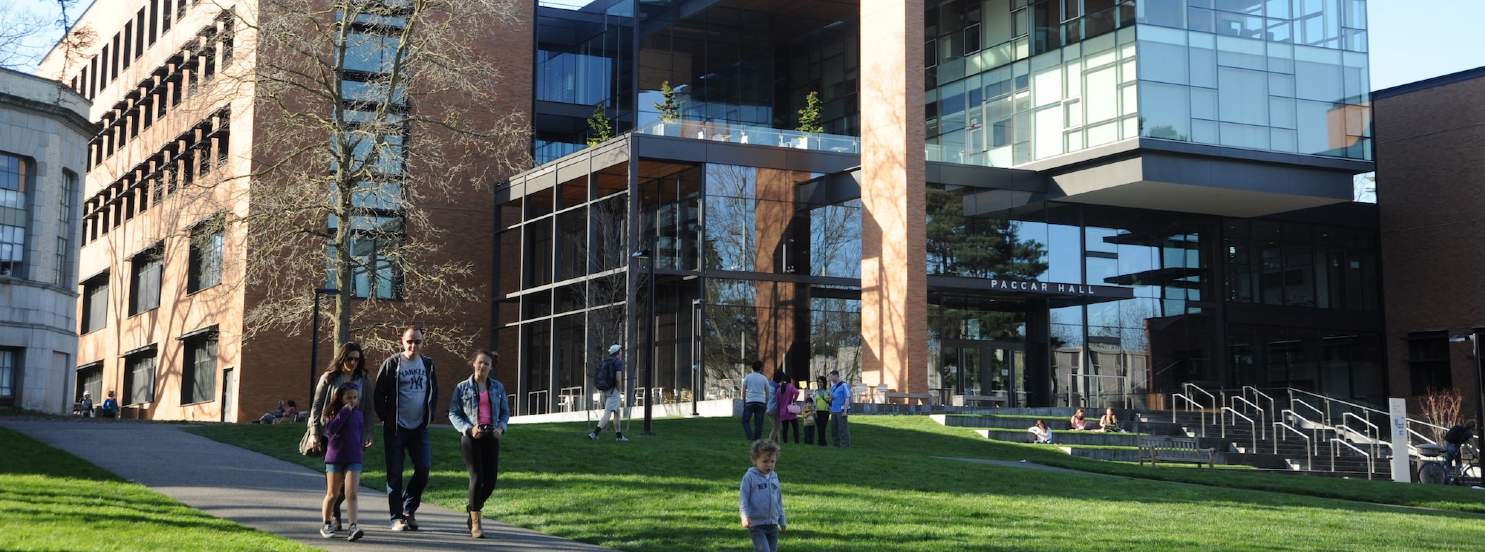Since the Climate Change Act came into force in 2008, businesses and institutes across the UK have made pledges to reach net zero ahead of the national 2050 target. In the wake of this, the education sector is also taking fundamental steps towards these goals with pressure from university students with strong ESG values. Universities UK announced in October 2021 that all of its members hope to become zero carbon by 2050 and reduce greenhouse gas emissions by 78 per cent by 2035 compared to 1990 levels.
University campuses are complex and require significant planning to develop meaningful decarbonisation plans. Some have historic buildings, with associated constraints regarding heritage status, and all need to remain fully operational during term time to deliver high-quality learning environments for students.
A number of UK universities have taken significant steps. A prime example is Northampton University which, advised by Savills, installed a 26m flue shaft in 2017, complete with LED screen, which is part of the university’s new energy centre designed to produce less emissions by using woodchip biomass and gas to provide water and heat across the campus.
The University of Sunderland has installed new solar panels predicted to generate 94,000kWh of free, zero-carbon electricity per year. While Keele University in Staffordshire has also introduced a low-carbon energy generation park on campus, featuring two wind turbines and 12,500 solar panels, as well as an industrial-sized battery to store the generated energy.
A key part of decarbonising a university is understanding where the emissions come from. This carbon baseline exercise should include academic and residential buildings under the direct control of the university, and any investments in the endowment portfolio. Investments (either commercial or residential) will usually be let and as a result the university may not be in direct control of how the building is used, so lease planning may be required to implement decarbonisation interventions.
Typically, universities have quality energy usage data from meters, which is the best source. Buildings under their direct control are easier to obtain energy usage data for, improving the accuracy of the baseline. However, it‘s possible to use EPC certificates as a proxy for tenanted properties.
Due to their long-term aspirations, academic institutions can often afford to take a long-term view on investment, stewardship and legacy. However, capital expenditure is limited and therefore improvements need to be carefully planned and prioritised to achieve higher carbon savings.
Most of the decarbonisation technology in universities is focussed on the electrification of buildings and transport to eliminate fossil fuels. However, the resulting growth in electrical demand on the network needs to be managed, stored and shared between different building uses. Similarly, if you have a lab or office on a campus that produces a lot of heat, it makes sense to share this with residential buildings that will consume heat for heating and hot water.
In terms of setting decarbonisation or net zero targets, it’s risky to commit to these without understanding the current baseline, decarbonisation trajectory and associated expenditure. Organisations which commit too early without a viable action plan in place can be accused of greenwashing if targets are not realistic.
A viable action plan will minimise disruption, which is not easy for an academic campus that needs to remain operational. Improvements may therefore have to be staged with suitable mitigation measures in place and more significant works planned during term breaks. Temporary plants can be used to provide services while plant replacement works are taking place, however these decarbonisation programmes take time so planning is essential.
Many of these institutions have been around for hundreds of years and the long-term goal is to be around for hundreds more.
Further information
How can higher education institutions reach their net zero ambitions?

.jpg)
.jpg)
.jpg)
-act-promoting-sustainable-travel-to-school.jpg)

.jpg)
